Did you know that Easter’s date changes every year, and it’s all connected to the spring equinox and a full moon? I bet you’ve been celebrating this holy day for years without knowing some of these mind-blowing facts about Easter.
Whether you’re planning egg hunts or preparing for Holy Week services, understanding the rich history behind this celebration will transform how you experience this season of blessings!
The Surprising Origins of Easter
Let’s talk about why this holiday is called Easter. The name actually comes from “Eastre” or “Eostre,” an Anglo-Saxon goddess of spring and fertility.
When early Christians spread their faith through Europe, they often adapted local celebrations, connecting the resurrection story to existing spring festivals.
You might also want to read: Happy Easter, He Is Risen: 30 Powerful Messages to Share the Good News
But make no mistake – Easter is fundamentally a Christian holiday celebrating the resurrection of Jesus Christ, the cornerstone of Christian faith. This powerful event transformed history and continues to impact billions of lives today.
“Jesus said to her, ‘I am the resurrection and the life. The one who believes in me will live, even though they die.’”
The date for when Easter is celebrated differs between Western and Eastern Christians. Western churches follow the Gregorian calendar, while Eastern Orthodox churches use the Julian calendar, which is why Orthodox Easter often falls on a different date.
Did you know that in some Orthodox traditions, Easter involves striking red eggs together to symbolize breaking open Christ’s tomb?
These beautiful traditions create connections across generations and cultures, unifying believers worldwide.
The Timeline of Holy Week
Easter isn’t just a single day but the culmination of Holy Week, which begins with Palm Sunday. This commemorates Jesus’s triumphant entry into Jerusalem, where crowds waved palm branches and shouted “Hosanna!”
Later in the week comes Good Friday, marking Jesus’s crucifixion. Despite its somber theme, it’s called “good” because Christians believe Jesus’s sacrifice opened the way for salvation. The entire week builds toward Easter Sunday, when Jesus rose from the grave.
Maundy Thursday, falling between Palm Sunday and Good Friday, commemorates the Last Supper when Jesus washed his disciples’ feet and instituted Holy Communion. Some churches hold foot-washing ceremonies on this day, practicing the humility Jesus demonstrated.
“He is not here; he has risen, just as he said. Come and see the place where he lay.”
Have you ever wondered why Easter includes so many nature symbols? It’s because Easter coincides with spring, symbolizing new life and rebirth – perfectly aligned with the resurrection theme!
Fascinating Facts About Easter Traditions
Beyond the spiritual significance, Easter has inspired countless cultural traditions. Easter baskets filled with treats represent abundance and blessings.
In America, kids wake up excited to find baskets supposedly left by the Easter Bunny, while parents organize community egg hunts.
In Finland, children dress as witches and go door-to-door with decorated willow branches. Germans hang decorated eggs on trees.
Bermudans fly homemade kites to symbolize Christ’s ascension. Each culture adds its unique flavor to how Easter is celebrated.
In Hungary, a tradition called “sprinkling” involves boys reciting Easter poems to girls and sprinkling them with perfume or water. In return, the girls give the boys painted eggs or small gifts. In Florence, Italy, locals celebrate with the “Scoppio del Carro” or “Explosion of the Cart” – a magnificent display where fireworks are set off from an ornate cart in front of the cathedral.
Eggs themselves are powerful symbols of new life, connecting perfectly with the resurrection theme. Early Christians adopted eggs as Easter symbols because they represent the empty tomb and new life emerging from it.
The tradition of dyeing eggs dates back to ancient Mesopotamia, where early Christians dyed eggs red to symbolize Christ’s blood.
The Astronomical Connection
Here’s a fascinating fact about Easter that few people realize: it’s determined by heavenly bodies! The date is set as the first Sunday after the first full moon following the spring equinox. This connection to lunar cycles explains why Easter moves between March 22 and April 25.
Don't miss: Religious Easter Wishes That Don't Sound Like Hallmark Wrote Them
This dating method was established at the Council of Nicaea in 325 AD, creating a universal way to celebrate this holy day. The formula connects Easter to ancient spring fertility celebrations while maintaining its unique Christian holiday identity.
Ancient Christians saw powerful symbolism in connecting Easter to these natural cycles. Just as the spring equinox marks the triumph of light over darkness (as daylight begins to exceed nighttime), so too does the resurrection mark the triumph of life over death. The full moon provided practical illumination for nighttime Easter Vigil services in an era before electricity.
“For what I received I passed on to you as of first importance: that Christ died for our sins according to the Scriptures, that he was buried, that he was raised on the third day according to the Scriptures.”
Easter’s Impact Today
Beyond history and tradition, one of the most powerful aspects of Easter is how it continues to transform lives today. The message of resurrection offers hope in difficult times, reminding us that new beginnings are always possible.
For Christians, Easter isn’t just about colorful Easter baskets or egg hunts – though these are delightful traditions! It’s about celebrating the central miracle of their faith: the resurrection of Jesus Christ and what it means for humanity.
This hope influences how Christians face challenges, knowing that suffering isn’t the end of the story. C.S. Lewis, the famous Christian author, once wrote:
“The resurrection means that the worst thing is never the last thing.”
This perspective transforms how believers approach life’s difficulties.
Churches worldwide mark Easter with special services, often featuring elaborate music, decorations, and sometimes baptisms.
Some congregations hold sunrise services, gathering before dawn to celebrate as the light breaks through darkness – a powerful visual metaphor for the resurrection itself.
Whether you embrace Easter as a deeply spiritual holy day or simply enjoy its cultural traditions, these facts about Easter reveal the rich tapestry of history, faith, and culture that makes this celebration so meaningful to billions around the world. Looking for ways to express this joy? Consider sending Happy Easter quotes or blessed Easter messages to your loved ones.
How will you see Easter differently this year with this deeper understanding?




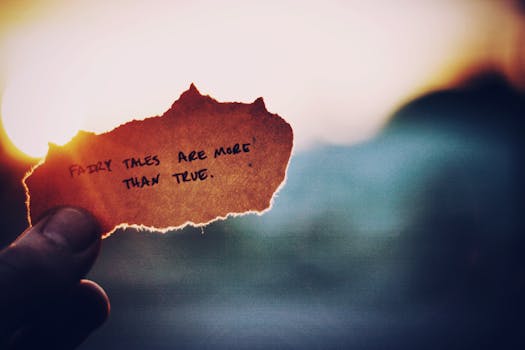

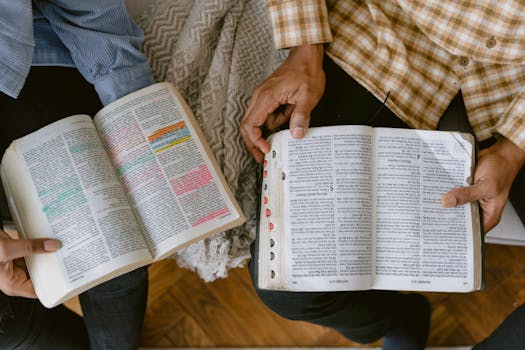

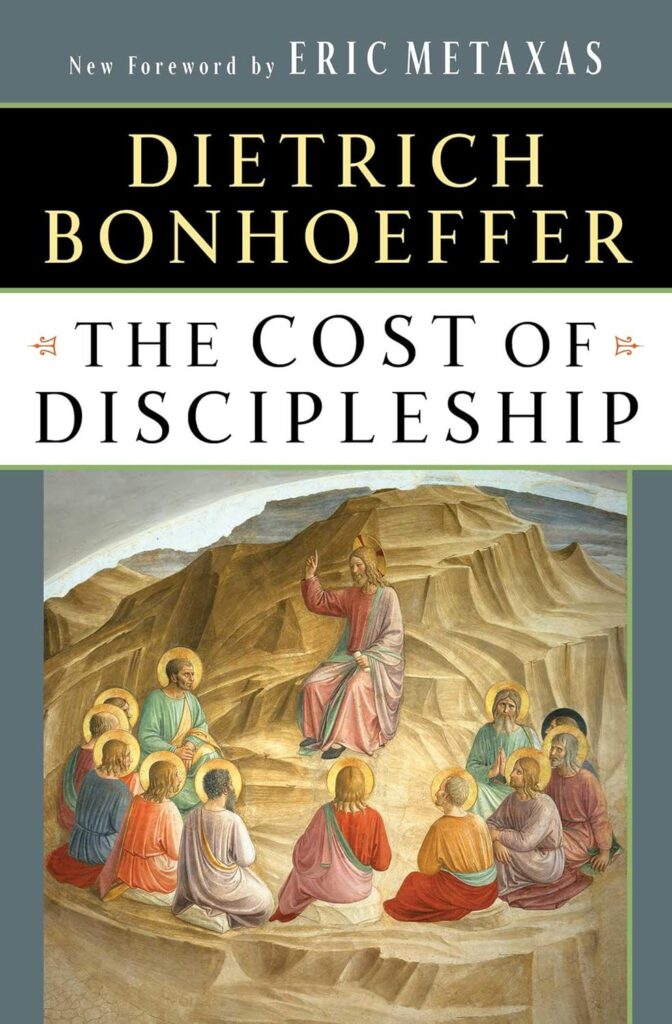
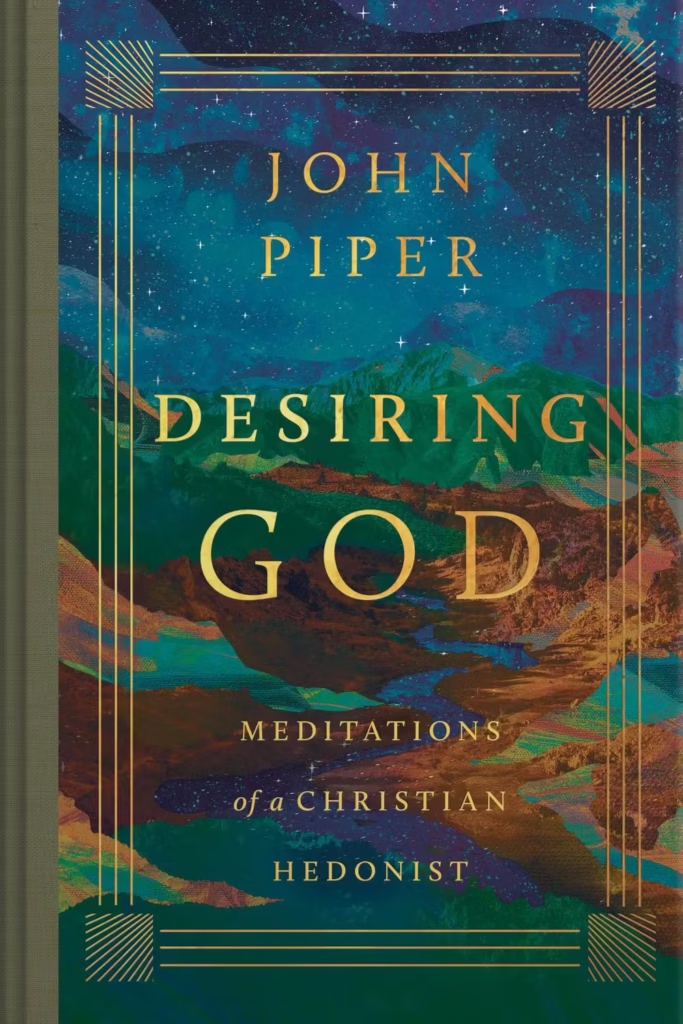



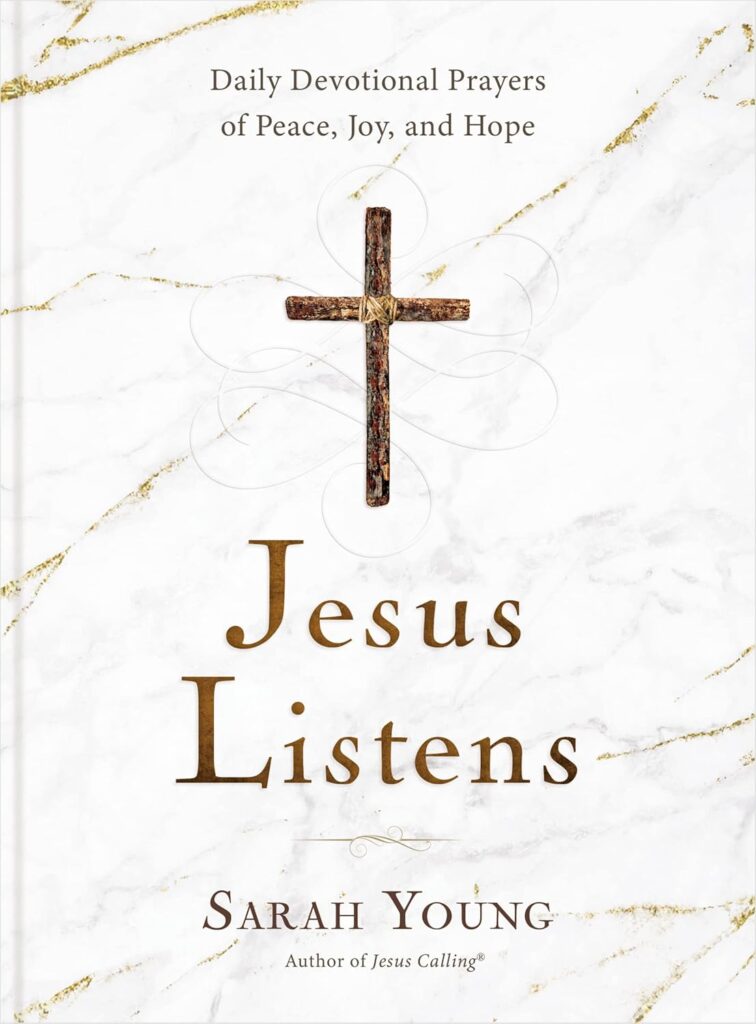



9 Must-Watch Christmas Christian Movies for 2025
2K views